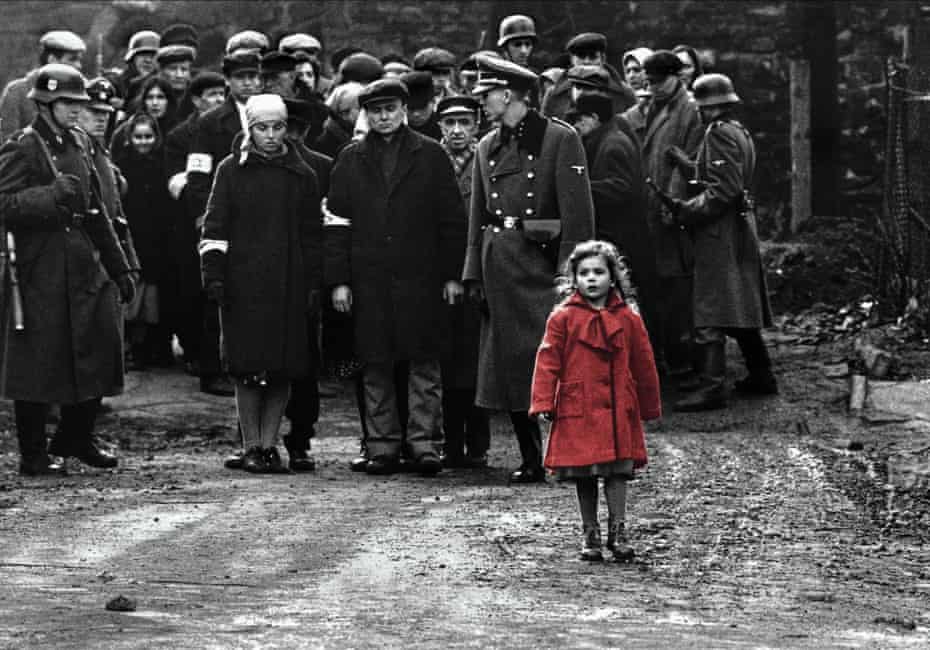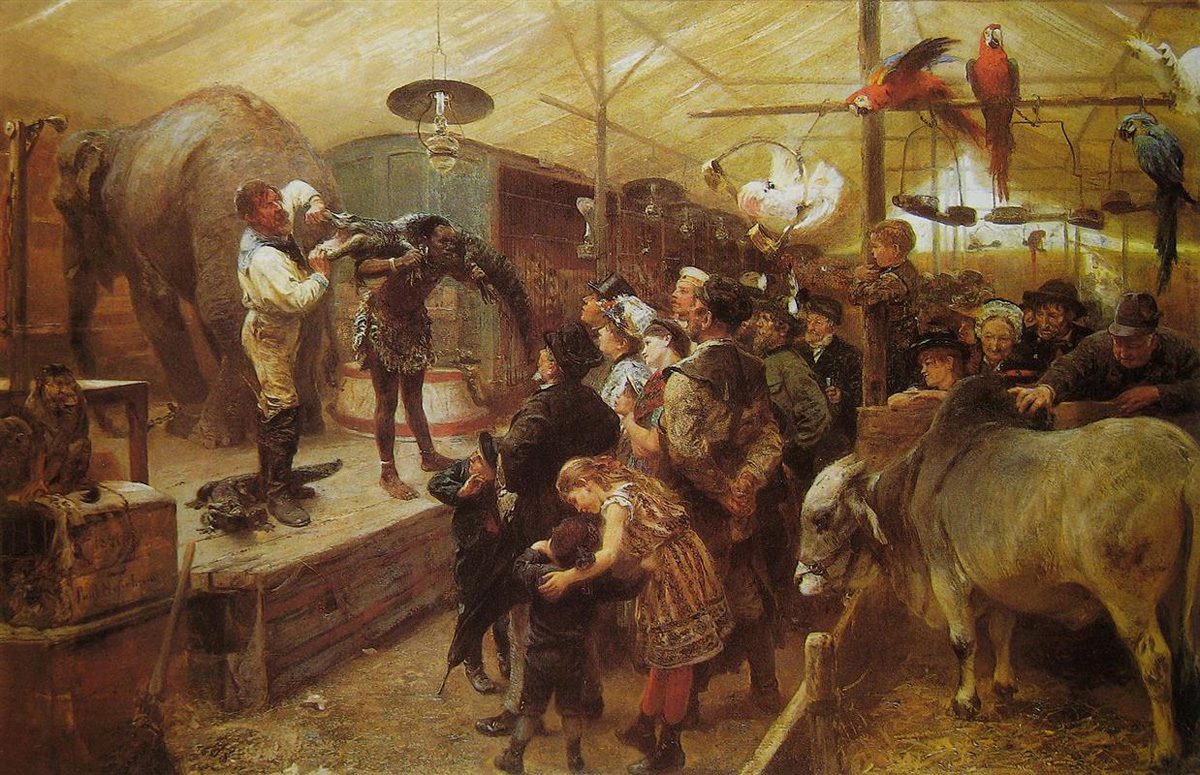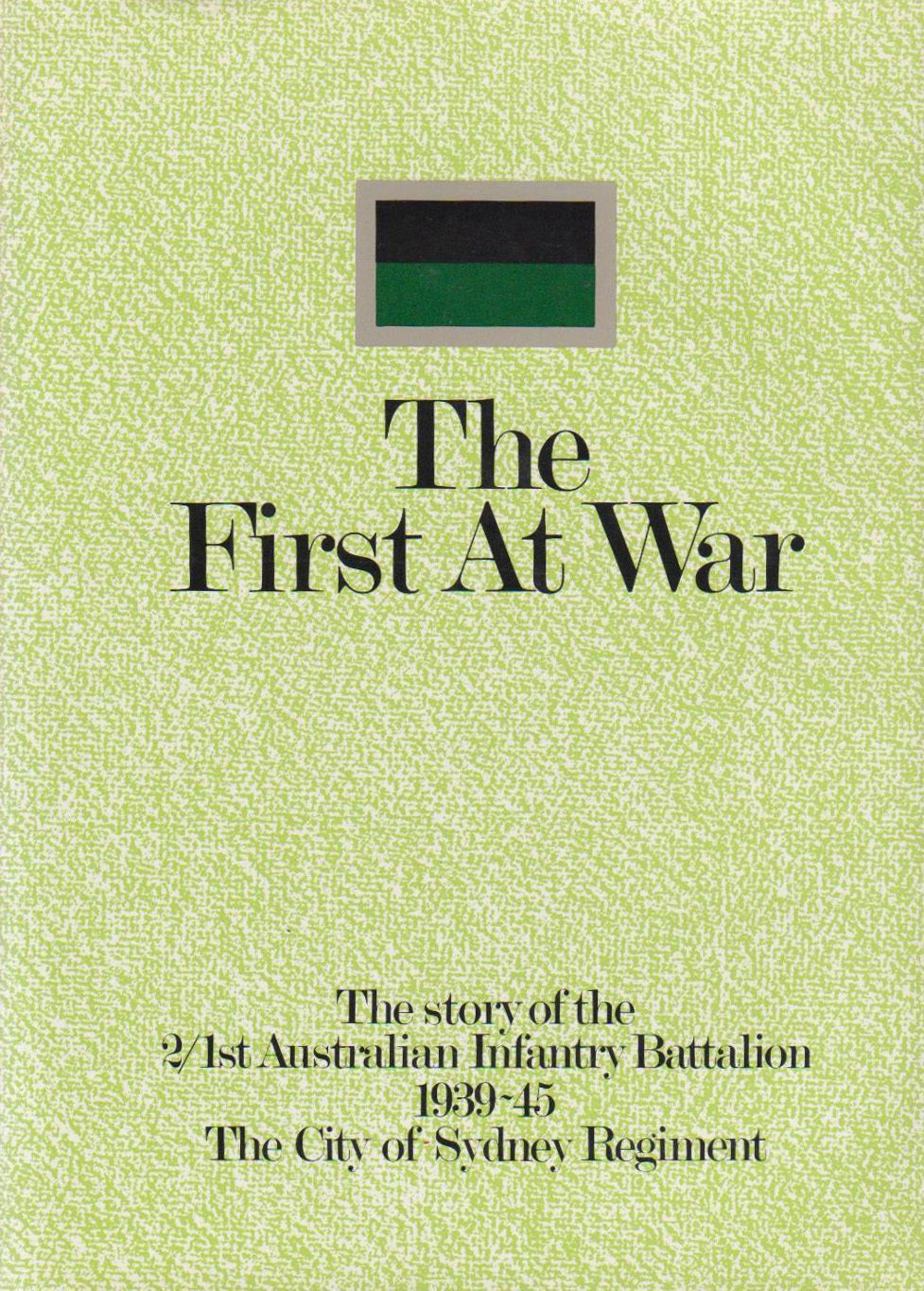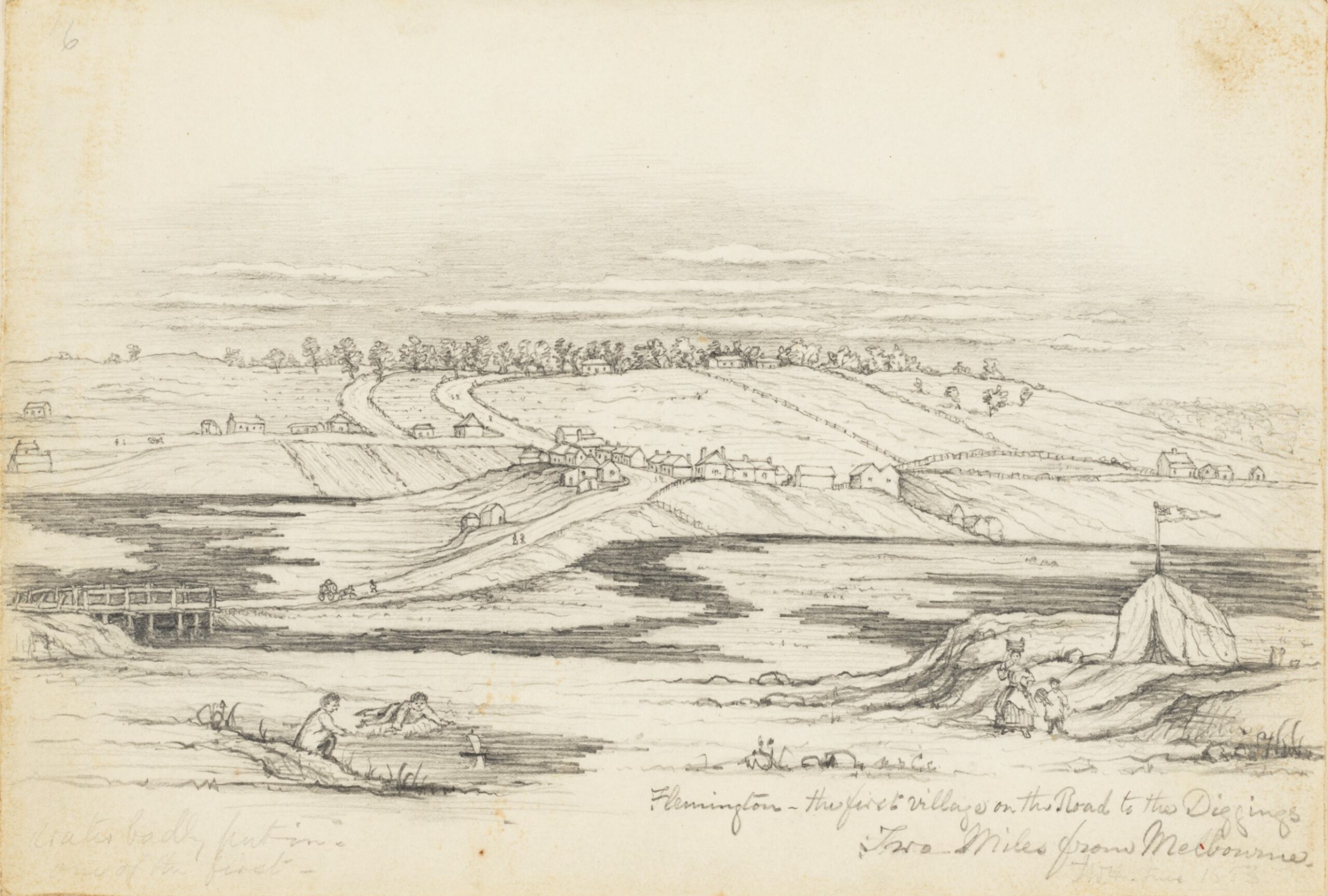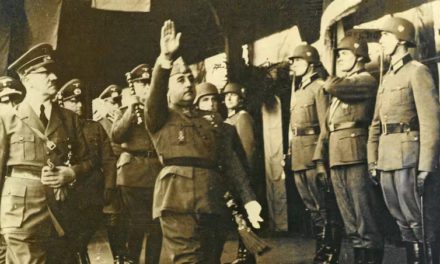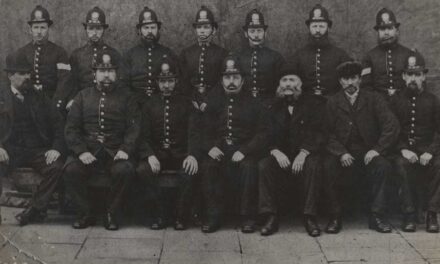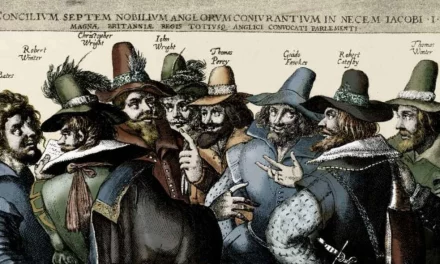Reading time: 7 minutes
The world is a complicated place, and there are a lot of things out of our control. No wonder, then, that conspiracy theories abound, tales where shadowy forces control what happens, when it happens, and to whom. However, not all of these theories are all that theoretical, and there are plenty of examples of conspiracies that went far beyond the drawing board.
By Fergus O’Sullivan
Exxon hid climate change evidence
Climate change is the leading crisis of our day, with no corner of the globe unaffected by the shifting weather patterns caused by mankind’s burning of fossil fuels. Theories about that this could be possible have been around for over a century, but it wasn’t until the late 80s that it became an official and confirmed cause for concern — one of the biggest oil companies in the world made sure of that.

Exxon, the company in question, curious about the effects of their product on our planet, commissioned a study in the early 70s that concluded that burning dead dinosaurs was, indeed, wreaking havoc on our climate. The report was thorough, featuring some of the best science on the subject up to that point.
Realizing that any action on this would be bad for their business model, Exxon executives promptly buried the report. When years later the report surfaced again, the company claimed nobody quite understood the results, which was believed by almost nobody. Though not much can be done about it now, it looks like the world missed out on a head start to fight climate change because a few wealthy men actively hid the evidence.
The Phoebus cartel
In Livermore, California, there’s a light bulb called the Centennial Light that has been burning since 1901. If a bulb that was built so long ago is still burning, then why don’t the ones we use now last all that long, especially the older, wired versions? You can thank the Phoebus cartel for that.

Once the first successful commercial bulb was brought out in 1879, the technology developed fast and within 10 years bulbs were developed that could conceivably last for decades. The Centennial Light, made by the Shelby Electric Company, is only the most famous, there are plenty more around and still working.
Other manufacturers of bulbs realized quickly, though, that while it was very nice for consumers to have light bulbs that last decades, it’s not the greatest business model. A number of them, including leading companies like Philips, Osram and General Electric, banded together in 1925 and decided to implement what we now would call planned obsolescence. Bulbs would now have a life of 1,000 hours, forcing consumers to pay a lot more.
From minutes surrounding the creation of what was known as the Phoebus cartel — lucky for historians, it was a very well documented conspiracy — we know that the sole reason for this reduction in lifespan was the motivation to simply sell more bulbs. Even though the cartel dissolved in 1939 with the start of the war, 1,000 hours remained the norm for wired bulbs even today.
Operation Condor
In 1975, South America was in the grip of authoritarian states. Chile, Uruguay, Argentina, Paraguay, Bolivia and Brazil were all run by right-wing despots of one shade or another, all of them bent on stamping out any opposition to their rule. To further this aim, they formed a covert alliance to help each other track down and murder dissidents, named Operation Condor, which lasted until the demise of the Argentinian junta in 1983.
Condor’s operations weren’t contained to the countries themselves, either: operatives also carried out assassinations in the United States and Europe, killing both their own citizens as well as though of other countries. The total death toll of Operation Condor in unknown, but estimates range up to 60,000, with half of those taking place in Argentina under the auspices of that particularly bloodthirsty regime.
CIA involvement in Operation Condor is almost certain. Not only did they have a direct stake in the continued survival of these right-wing regimes (having installed them, sometimes even with Australian help), it seems unlikely these regimes would otherwise have the reach needed to operate outside of their own sphere.
Tuskegee experiment
Though it’s not the bogeyman it once was, there’s no denying that syphilis is a very serious disease. Transmitted through sexual contact, if left untreated it can cause blindness, insanity and death, besides the tell-tale sores. No wonder, then, that the US Centers for Disease Control (CDC) wanted to study the disease to gain a better understanding of it.
To do so, the CDC studied 600 Black men in Alabama, 400 of whom had syphilis and 200 who did not, starting in 1932. They did not inform the men why they were being studied (telling them it was “bad blood”) and provided no treatment, either, letting the disease run its course. While in the 30s there was no cure for syphilis, there were plenty of treatment courses that could abate the worst of it.

When antibiotic treatment was developed in the late 40s which cured syphilis within a few weeks, the CDC chose not to disburse this to their test subjects, opting to let the disease run its course and see the results on their unwitting guinea pigs.
In the 60s, one investigator, Peter Buxton, found out about the experiment and started a campaign to stop it. Despite his heroic efforts, the Tuskegee Experiment wasn’t cancelled until 1972, 40 years after this inhumane bit of “science” was initiated.
Operation Infektion
HIV/AIDS is one of the most deadly diseases in the world today. While it’s more or less under control now in the developed world, in the 80s and even 90s it killed hundreds of thousands, and continues to do so today in less developed parts of the world. Its origins are murky, though, a situation the Soviet KGB was more than happy to exploit when the AIDS epidemic was at its peak in the mid-80s.
Many people were — and plenty still are — convinced that AIDS was developed and released by the U.S. government to control population. What they probably don’t know is that this story was planted by the KGB to stir up anti-American sentiment. Cooked up by a small group called department “A,” it was more successful than even the most hardened operative could have imagined.
First published in an Indian magazine set up by the Soviets, the story that America had released AIDS to curb its population of undesirables spread like wildfire, even making it onto US broadcaster CBS’s prime time slot. The story struck a chord, building on the existing distrust of the American government — which is somewhat deserved, if you read the rest of this list.
It also shows that disinformation like this is extremely effective. Even after being disproven multiple times, the story is still doing the rounds and influencing people today. Not bad for a story put together by some old spooks.
Articles you may also like
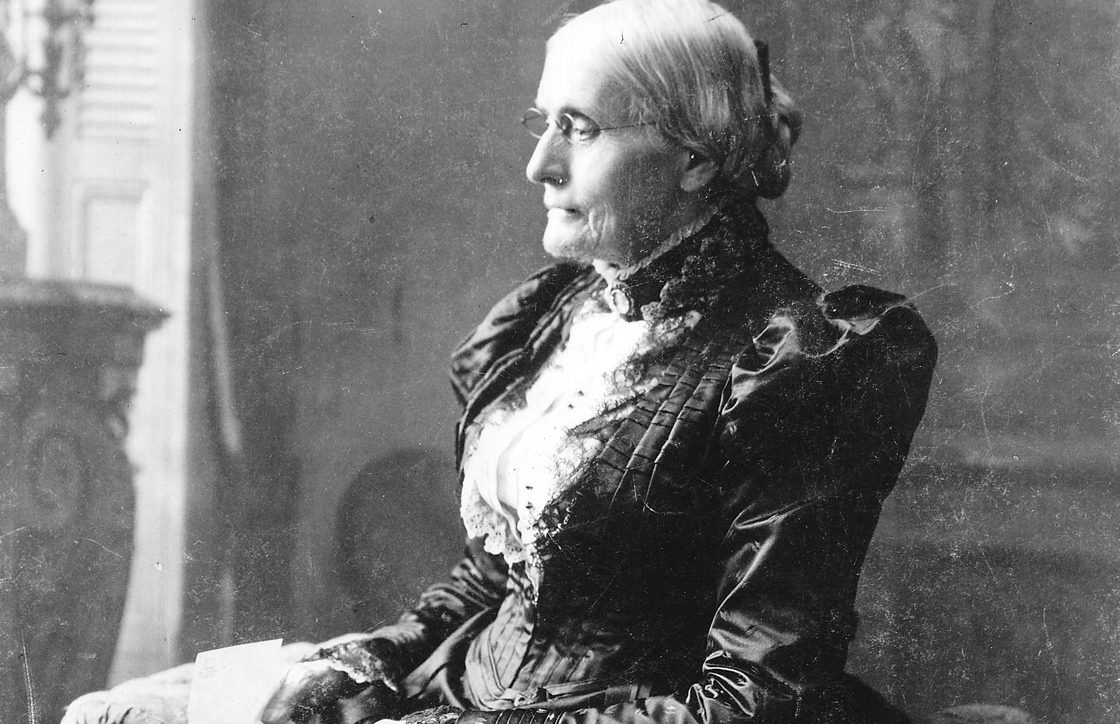
Susan B. Anthony Rebel, Crusader, Humanitarian – Audiobook
SUSAN B. ANTHONY REBEL, CRUSADER, HUMANITARIAN – AUDIOBOOK By Alma Lutz (1890 – 1973) Alma Lutz’s outstanding biography of Susan B. Anthony is revered for its descriptive power, attention to detail and historical significance to the women’s Suffragette movement. Please leave this field emptyTell me about New Quizzes and Articles Get your weekly fill of History […]
The text of this article was commissioned by History Guild as part of our work to improve historical literacy. If you would like to reproduce it please get in touch via this form.


